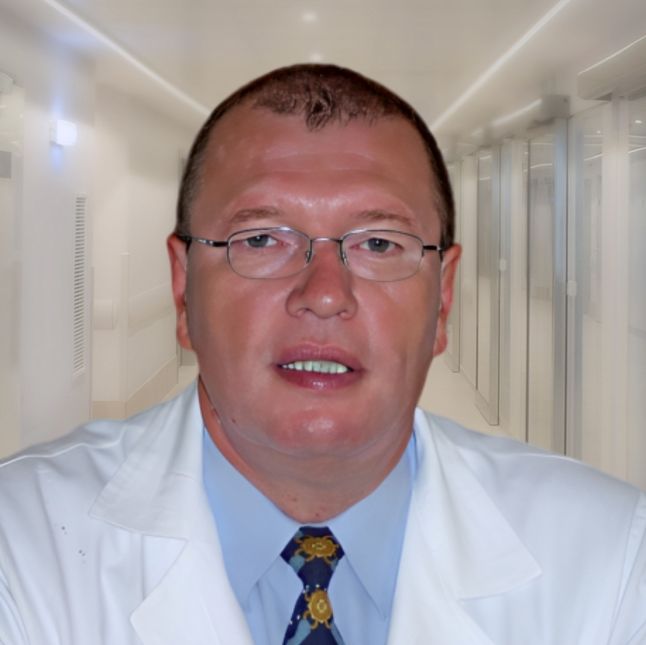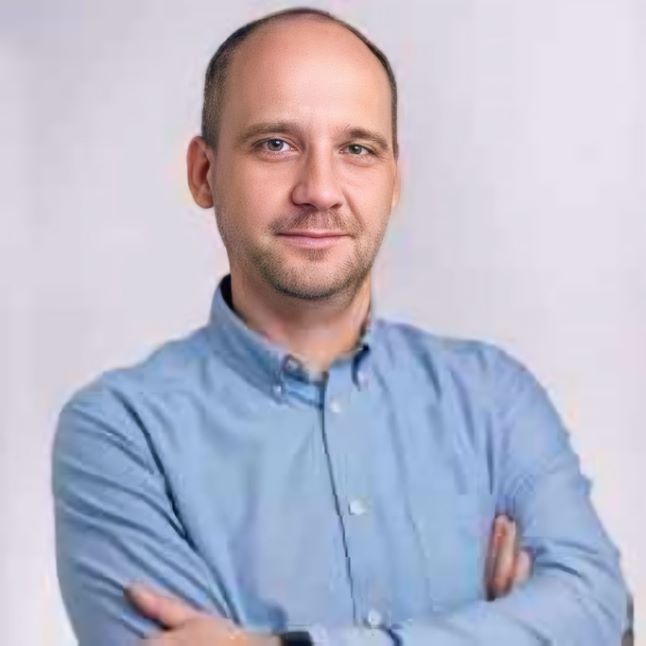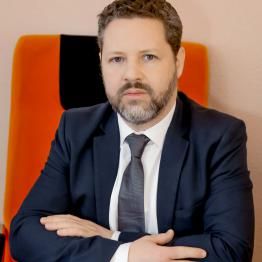 Benign prostatic hyperplasia (BPH), or benign enlargement of the prostate, is one of the most common diseases in elderly men. It affects nearly half of men over 50, and its prevalence rapidly increases with age (with an 80% occurrence rate by age 90). Symptoms generally appear around the age of 50, and according to statistics, the condition causes discomfort in 30-40% of cases.
Benign prostatic hyperplasia (BPH), or benign enlargement of the prostate, is one of the most common diseases in elderly men. It affects nearly half of men over 50, and its prevalence rapidly increases with age (with an 80% occurrence rate by age 90). Symptoms generally appear around the age of 50, and according to statistics, the condition causes discomfort in 30-40% of cases.
Partial Removal of the Prostate through the Urethra (Transurethral Prostate Resection, or TURP)
In severe cases of prostate enlargement, when medication no longer provides relief, a TURP surgery may be performed. During this procedure, a special tool called a resectoscope is introduced into the urethra, which allows the surgeon to remove enough tissue from the enlarged prostate to alleviate the urinary blockage.
About Benign Prostate Enlargement
The prostate is a chestnut-sized organ located at the base of the bladder, and the urethra runs through it on its way out. Around the age of 35, the glands adjacent to the urethra passing through the prostate start to proliferate, narrowing the passing urethra or even obstructing it.
Symptoms of Prostate Enlargement
- Difficulty initiating urination
- Weakened, dripping urinary stream, post-void dribbling
- Multiple episodes of nighttime urination
- Urination stops and then starts again
- Sudden onset of complete inability to urinate
- Inability to completely empty the bladder
Chronic difficulties in urinating can lead to the bladder becoming distended, changes in the bladder wall, and the formation of pouch-like protrusions (diverticulum). Due to the urine left in the bladder after urination, infections are common and bladder stones can form. Significant bleeding can occur from the prostate's dilated veins.
When is Surgery Performed?
TURP surgery can help treat the symptoms of severe benign prostate enlargement that does not respond to medication.
The Procedure
A few days before the operation – as instructed by the doctor – you need to stop taking anticoagulant medication. The treating physician may prescribe antibiotic treatment to the patient to reduce the possibility of developing a urinary tract infection.
The operation is typically performed under general anesthesia or spinal anesthesia, so the patient does not feel any pain during the surgery. The method of anesthesia is discussed with the anesthesiologist. A TURP operation usually takes about an hour to an hour and a half.
At the beginning of the operation, after disinfecting the area, the doctor introduces the resectoscope, equipped with a camera and used for cystoscopy, through the urethra up to the prostate section. The device is capable of cutting and coagulating using high-frequency current.
Using the resectoscope, the enlarged glandular tissue is removed layer by layer. Tissue pieces are cut out of the prostate, which the irrigation fluid carries into the bladder. These tissue pieces are completely removed from the patient's bladder along with the resectoscope at the end of the surgery, and they are sent for histological examination. At the end of the operation, coagulation occurs on the wound surface in the urethra.
After the TURP Operation
After the operation, a few days of hospitalization is generally required. During this time, a catheter is inserted into the patient's bladder to facilitate the removal of tissue debris and clots and the healing of the wound edges.
After the operation, patients often experience blood in the urine, urinary irritation, and pain, but these symptoms will eventually disappear.
For the quickest recovery after surgery, it is recommended to consume plenty of fluids, eat high-fiber foods, and avoid excessive physical activity and sexual intercourse for six weeks after the operation.
As a result of the TURP operation, the difficulties in urinating that preceded the operation improve significantly in most cases. The urinary stream becomes stronger, the amount of urine remaining in the bladder after urination decreases. Complaints related to frequent urination decrease. In addition to these, difficulties in urinating and maintaining can persist for a certain period of time after the operation.
The operation usually does not affect the ability to achieve an erection, nor does it affect the ability to orgasm. Any decrease in sexual desire (libido) is more likely to be of psychological origin; no direct correlation with the operation can be demonstrated.
However, in about 20% of patients, so-called "dry" or retrograde ejaculation occurs, in which the semen does not exit the urethra into the outside world during ejaculation, but goes into the bladder and then leaves with the urine during the first urination after sexual intercourse. This effectively represents infertility but does not represent safe contraception.
Possible Complications of TURP Surgery
Like any operation, transurethral prostate resection can also have complications. After TURP surgery, transient difficulty urinating can occur, during which urine can only be excreted through a catheter (usually for a few days). Other complications may include urinary tract infection, transient erectile dysfunction, or difficulty maintaining urine. In these cases, consult your doctor!
-
Laparoscopic radical prostate removal due to tumor + removal of pelvic lymph nodesFrom 2 820 000 Ft
-
Laparoscopic radical prostate removal due to tumor with nerve sparingFrom 2 232 000 Ft
-
Transurethral Incision of the Prostate (TUIP)From 626 000 Ft
-
Transurethral partial removal of the prostate (TURP)From 817 000 Ft






